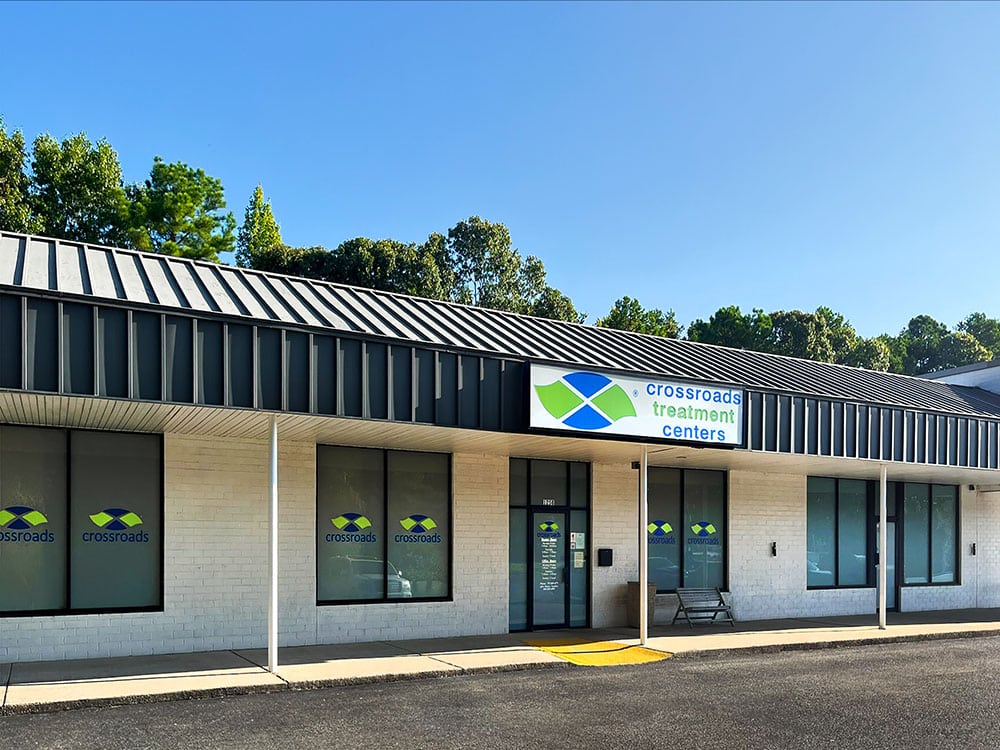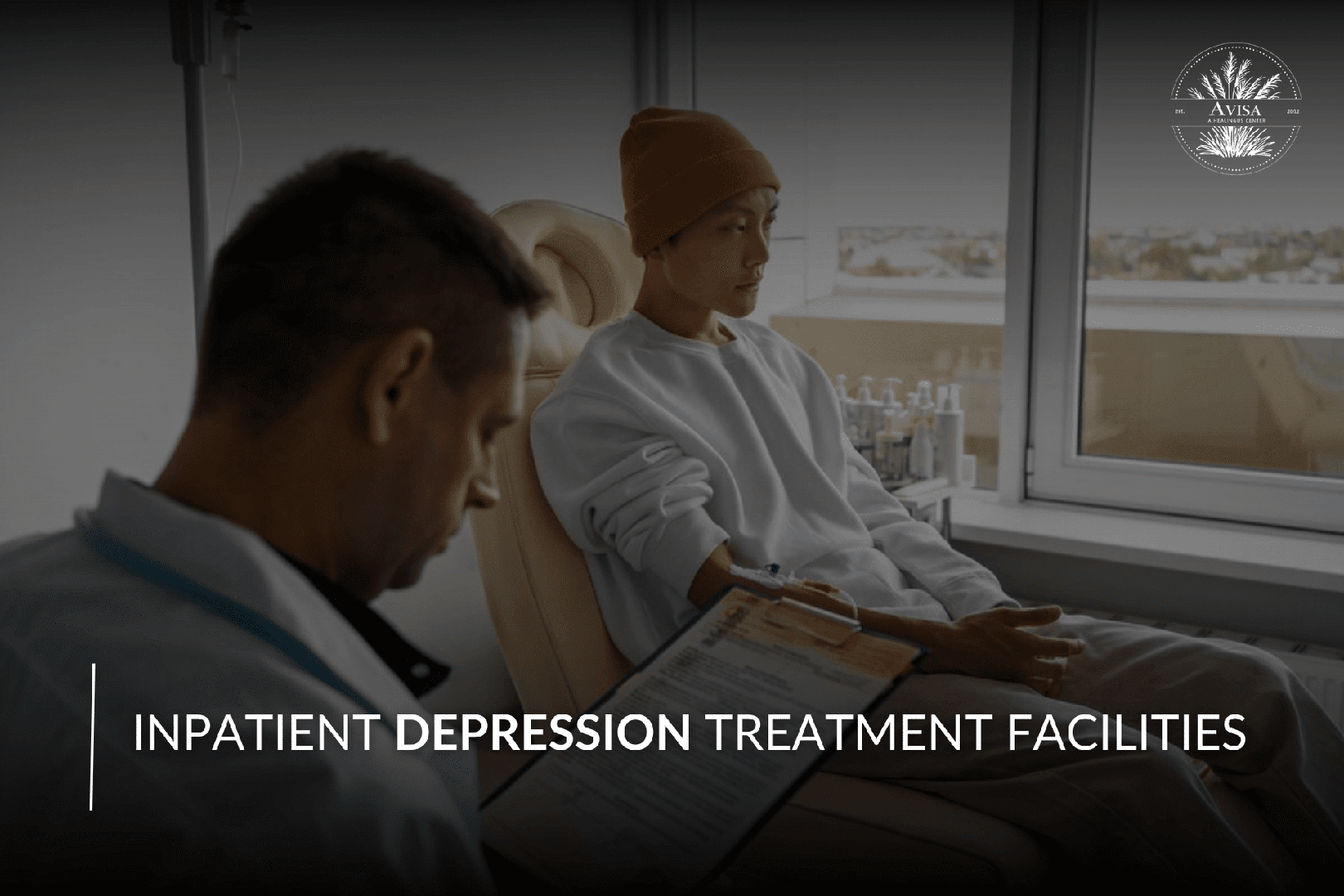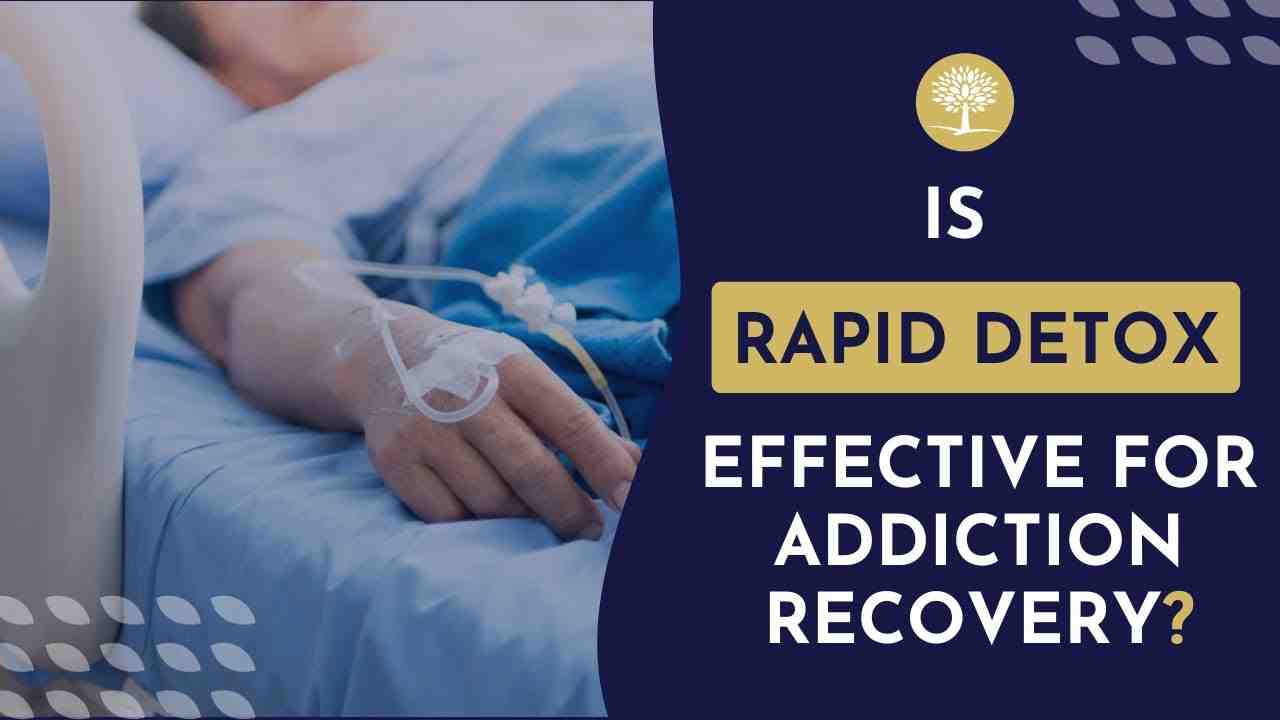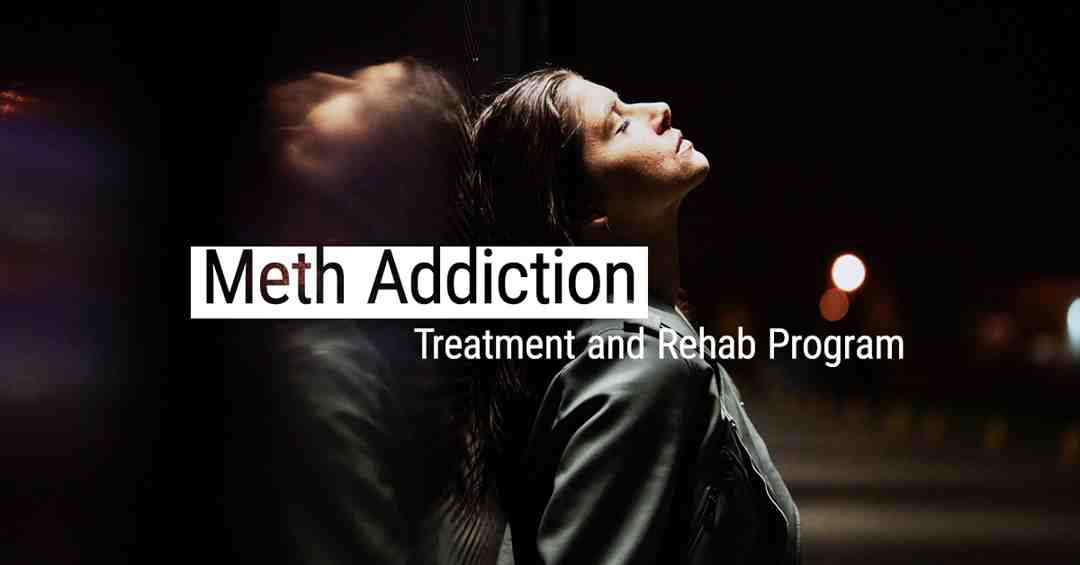
Why Finding the Right Inpatient Meth Rehab Matters
Inpatient meth rehab offers the most effective treatment for methamphetamine addiction by providing 24/7 medical supervision, structured therapy, and a safe environment free from triggers. Here’s a quick overview:
Quick Answer: What is Inpatient Meth Rehab?
- 24/7 Medical Care: Round-the-clock supervision during detox and treatment
- Structured Environment: Daily schedule of therapy, counseling, and activities
- Typical Duration: 30-90 days, depending on individual needs
- Treatment Components: Medical detox, individual therapy, group counseling, and aftercare planning
- Cost Options: Insurance coverage, state-funded programs, private pay, and financing
- Success Factors: Addresses both physical addiction and underlying mental health issues
Methamphetamine addiction is a medical condition that rewires brain chemistry. The drug’s intense dopamine release leads to rapid addiction and devastating consequences, including severe dental issues (“meth mouth”), heart and kidney failure, stroke, and psychological symptoms like paranoia and hallucinations.
This addiction harms physical health, mental well-being, and relationships. Many individuals also struggle with co-occurring mental health conditions like depression and anxiety, making professional help essential. Inpatient centers provide a lifeline with medical detox, intensive therapy, and a supportive, trigger-free environment where you can focus entirely on healing.
At Addiction Helpline America, we guide individuals and families through the process of finding an inpatient meth rehab. Our specialists connect you with evidence-based programs that offer real hope for lasting recovery. The path to a healthier future begins with taking the first step.
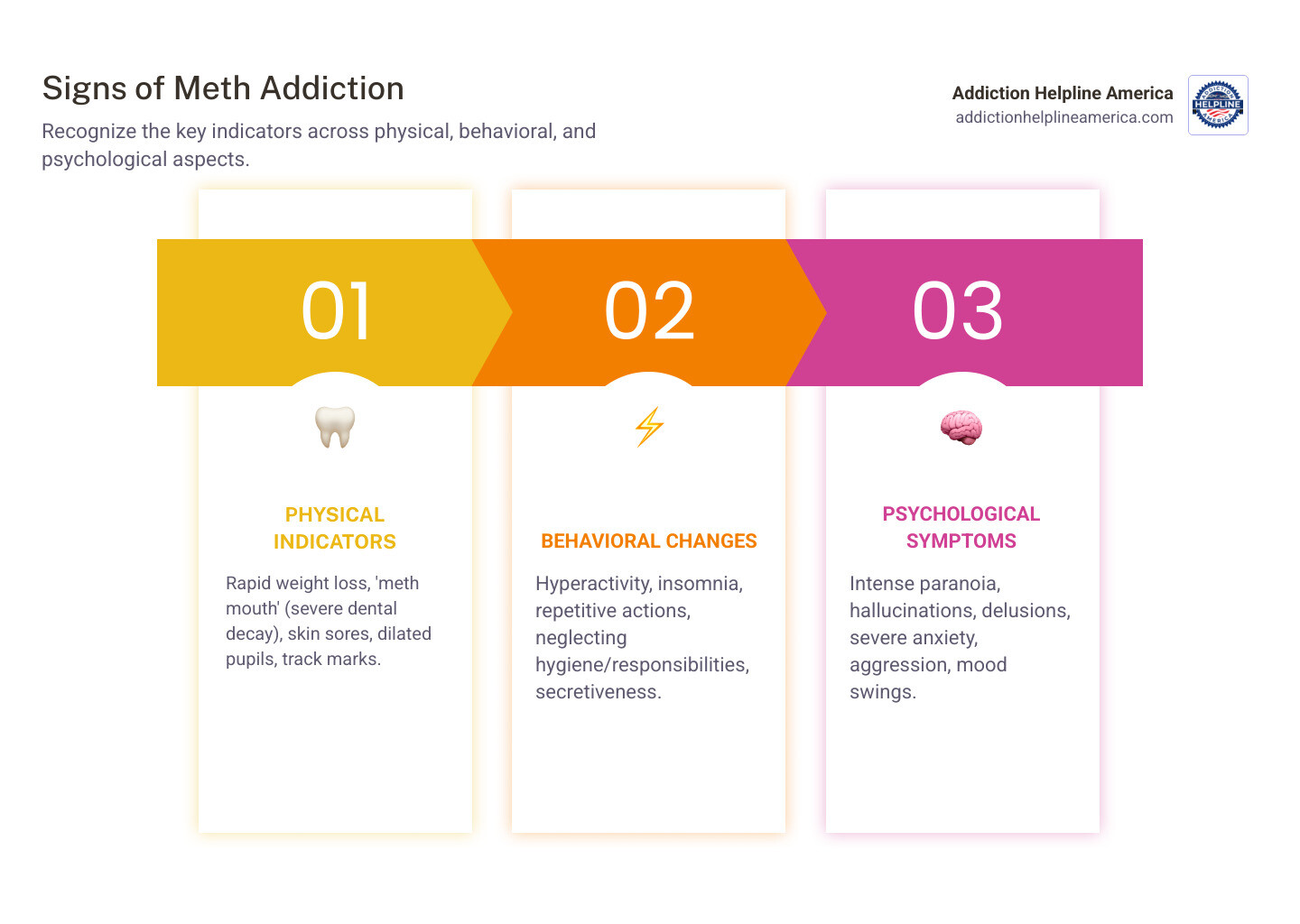
Know your Inpatient meth rehab terms:
Understanding Methamphetamine Addiction and Its Effects
Methamphetamine, or “meth,” is a powerful stimulant that quickly hijacks the brain’s reward system. Methamphetamine use disorder is a medical condition, not a moral failing. It works by flooding the brain with dopamine, creating an intense euphoria. When the high fades, a severe crash follows, leading to a “binge and crash” cycle where the user repeatedly takes the drug to avoid the crash. Over time, the brain’s natural dopamine production is damaged, and tolerance builds, requiring more of the drug for the same effect. This can cause lasting changes to the brain’s structure and function. For more details, see scientific research on Methamphetamine Use Disorder.
Signs and Symptoms of Meth Addiction
Recognizing the signs of meth addiction is the first step toward getting help. Symptoms fall into three main categories:
- Physical Signs: Rapid weight loss, severe dental decay known as “meth mouth,” skin sores from picking, dilated pupils, and poor personal hygiene.
- Behavioral Signs: Hyperactivity followed by exhaustion, severe insomnia for days at a time, secretive behavior, social withdrawal, and obsessive, repetitive actions.
- Psychological Signs: Intense paranoia, hallucinations, aggressive outbursts, severe mood swings, anxiety, confusion, and memory loss.
Long-Term Physical and Mental Health Risks
The damage from long-term meth use is devastating and affects the entire body.
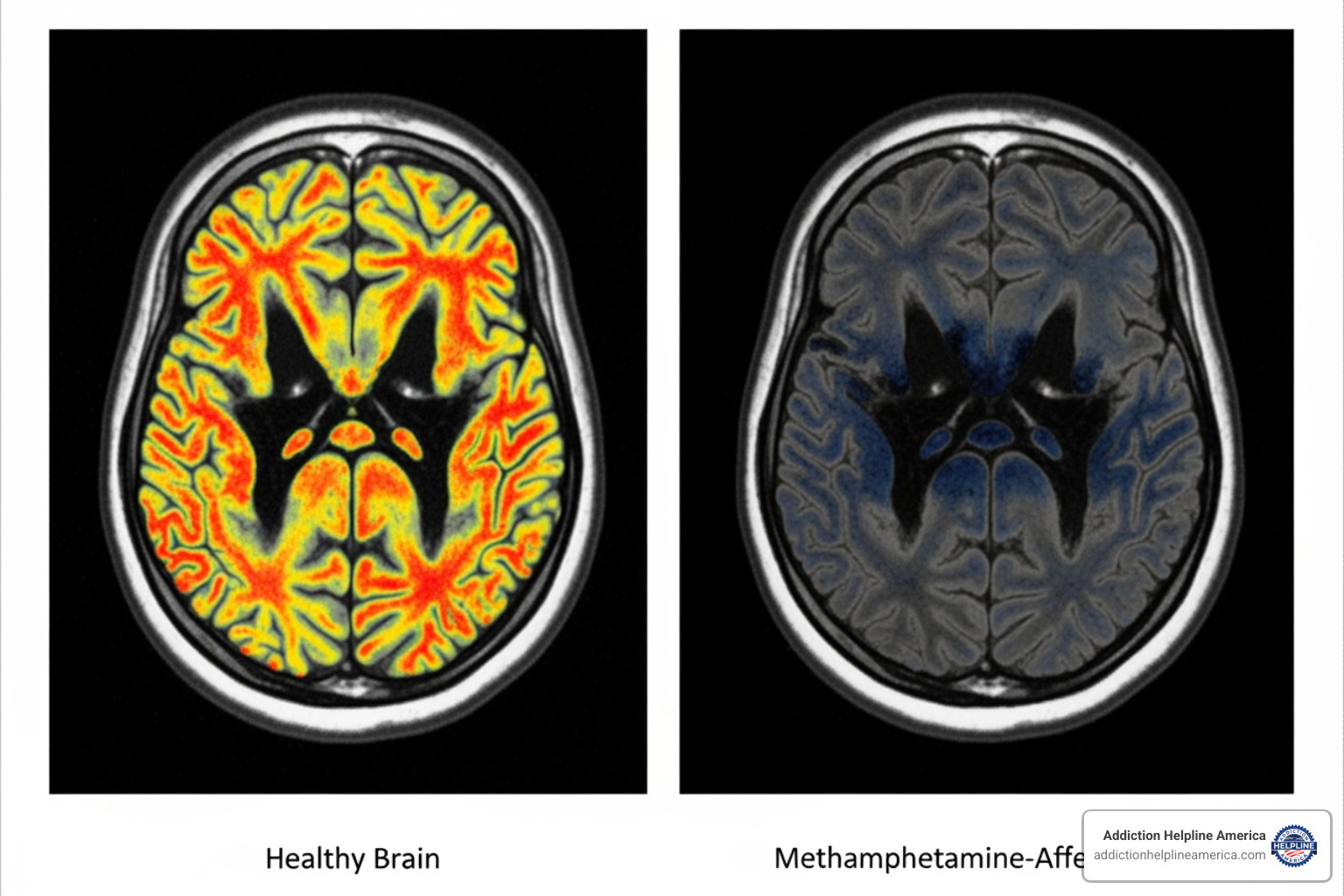
Physically, users face painful meth mouth, chronic skin infections, and severe strain on the cardiovascular system, leading to a high risk of heart attack and stroke. Chronic use can also cause kidney failure.
Mentally, the drug can cause significant brain damage, impairing memory, decision-making, and emotional regulation. Persistent psychosis, including paranoia and hallucinations, can occur even after quitting. Severe anxiety and depression are common, as the brain struggles to experience natural pleasure.
Many people also have co-occurring mental health disorders like depression or trauma, which meth use exacerbates. This is why inpatient meth rehab programs offering dual diagnosis treatment are so critical. You can learn more about this integrated approach in our guide on inpatient treatment for depression and anxiety.
Despite the damage, the brain can heal. With proper treatment and time, significant recovery is possible.
Why Inpatient Rehab is the Most Effective Treatment for Meth Addiction
For methamphetamine addiction, inpatient meth rehab offers the best chance for lasting recovery. It removes individuals from their triggering environment and provides a comprehensive framework for healing. Key benefits include 24/7 medical supervision, a structured environment that replaces chaos with routine, a safe distance from triggers, and the power of peer support from others on the same journey. Inpatient programs provide comprehensive care that addresses co-occurring mental health disorders, physical health, and life skills, allowing you to focus entirely on recovery.
Here’s how inpatient meth rehab compares to other treatment options:
| Feature | Inpatient Meth Rehab | Outpatient Treatment |
|---|---|---|
| Structure | Highly structured, 24/7 residency at facility | Flexible, scheduled sessions while living at home |
| Support Level | Intensive, constant medical and therapeutic support, peer community | Moderate, scheduled therapy and group meetings |
| Intensity | High, immersive, daily therapeutic activities | Lower, typically 10-12 hours per week |
| Ideal Candidate | Chronic, long-term meth abuse; severe withdrawal symptoms; unstable home environment; co-occurring disorders | Milder addiction; stable home environment; work/family obligations; step-down from inpatient |
| Environment | Safe, trigger-free, supervised | Home environment with potential triggers |
The Critical Role of Medical Detox
Fear of withdrawal often prevents people from seeking help. Medical detox in an inpatient meth rehab setting makes this process safe and manageable.

During detox, a medical team provides 24/7 care to ensure medical safety and comfort. The primary goals are:
- Managing Withdrawal Symptoms: Medications can ease the severe depression, anxiety, fatigue, and cravings associated with meth withdrawal.
- Physical Stabilization: Staff monitor vital signs and ensure proper nutrition and hydration, addressing any immediate health concerns.
- Preparing for Therapy: Once physically stable, you are in a much better state to engage in the intensive therapeutic work that follows.
With medical supervision, detox becomes a necessary and achievable first step. Learn more at our detox programs page.
Addressing Co-Occurring Mental Health Disorders
Addiction and mental health are often intertwined. This is known as a dual diagnosis, and it’s critical to treat both conditions simultaneously. Many people use meth to self-medicate underlying issues like depression, anxiety, or trauma, which only worsens both problems over time.
Inpatient meth rehab excels at providing integrated treatment. The process includes:
- Psychiatric Assessment: A thorough evaluation to diagnose any co-occurring disorders and create a personalized treatment plan.
- Medication Management: Psychiatrists may prescribe and monitor medications like antidepressants or mood stabilizers to stabilize brain chemistry.
- Specialized Therapy: Therapists trained in both addiction and mental health help you address the root causes of both conditions.
By treating the whole person, integrated programs significantly improve the chances of long-term recovery. Learn more on our co-occurring disorders treatment page.
What to Expect During an Inpatient Meth Rehab Program
Entering an inpatient meth rehab center is the start of real healing. You’ll receive a personalized treatment plan custom to your unique history and goals. Days are built around a structured daily schedule of therapy and activities, creating a safe and stable environment. You’ll live in a therapeutic community with peers who understand your struggle, forming a powerful support network. The holistic approach addresses your physical, mental, and emotional well-being, helping you develop crucial life skills for a sober future.

The Stages of Inpatient Treatment
Treatment typically unfolds in three stages:
- Detoxification: A 7-10 day period of medical stabilization where your body clears itself of meth under 24/7 medical supervision to manage withdrawal symptoms safely.
- Residential Therapy: The core of treatment, lasting 30-90+ days. This phase involves intensive individual counseling, group therapy, and building a relapse prevention strategy.
- Aftercare Planning: Before you leave, your team helps create a detailed plan for continued support, which may include outpatient therapy, sober living, and support groups.
Therapeutic Approaches Used in Treatment
Inpatient meth rehab uses evidence-based therapies to address the root causes of addiction:
- Cognitive Behavioral Therapy (CBT): Helps identify and change negative thought patterns and behaviors related to substance use.
- Dialectical Behavior Therapy (DBT): Teaches skills for managing intense emotions, tolerating distress, and improving relationships.
- Motivational Improvement Therapy (MET): Strengthens your personal motivation and commitment to recovery.
- Family Therapy: Involves loved ones to heal relationships, improve communication, and build a supportive home environment.
- Holistic Therapies: Activities like yoga, art therapy, and meditation help reduce stress and promote overall well-being.
For more on the initial detox phase, visit our page on drug detox.
The Role of Family in Recovery
Addiction is a family disease. Involving loved ones is crucial for lasting change. Through family counseling sessions, you can work on rebuilding trust and improving communication. Educational programs for families teach them how to support your recovery effectively, helping to create a healthy and supportive home environment for your return.
Navigating the Path to Recovery
Finding the right inpatient meth rehab is a critical step. It’s about finding the program that best fits your unique needs. When researching facilities, be sure to ask about their treatment modalities, staff credentials, and how they handle dual diagnosis. Always verify that the facility is licensed and accredited. For more guidance, see our How to Find Drug Rehab Guide.
How Long Does Inpatient Meth Rehab Typically Last?
The length of stay is custom to individual needs, not a fixed calendar. Common durations include:
- 30-day programs: Good for initial stabilization and introducing therapeutic concepts.
- 60-day programs: Allow for deeper therapeutic work and skill-building.
- 90-day programs: Often considered optimal for meth addiction, providing ample time to reinforce new behaviors and address co-occurring disorders.
- Long-term options: Programs lasting 6-12+ months are available for those with chronic addiction or multiple relapses.
How to Find a Reputable Inpatient Meth Rehab Center
Finding a quality inpatient meth rehab center is key to successful recovery. Here are some trusted resources:

- State Agency Resources: Your state’s department of health can provide lists of licensed facilities.
- Online Directories: SAMHSA’s Find a treatment facility near you tool is a confidential way to search for programs.
- Professional Referrals: Your doctor or therapist can often recommend trusted centers.
- Insurance Provider Network: Contact your insurance company for a list of in-network facilities.
- Addiction Helpline America: Our team offers free, confidential guidance to connect you with a vetted program from our nationwide network.
Costs and Payment Options
While cost is a concern, many options are available to make inpatient meth rehab accessible. Costs vary by facility, location, and length of stay. Common payment methods include:
- Insurance Coverage: Most private insurance plans, as well as Medicaid/Medicare, are required to cover substance use disorder treatment. We can help you verify your benefits.
- Private Pay: Paying out-of-pocket with a credit card or direct payment.
- Financing Options: Many centers offer payment plans or work with third-party lenders.
- State-Funded Programs: Low-cost or free treatment for eligible individuals with limited income.
Our admissions team can help you explore all available payment solutions. For more on financial assistance, see our Free Addiction Support Complete Guide.
Frequently Asked Questions about Inpatient Meth Rehab
Here are answers to some common questions about inpatient meth rehab.
What happens after completing an inpatient program?
Completing a program is the beginning, not the end, of recovery. Aftercare is a crucial stage involving ongoing support to maintain sobriety. Before you leave, our team helps create a personalized aftercare plan, which often includes:
- Sober Living Arrangements: Structured, drug-free homes that provide a supportive transition.
- Outpatient Therapy: Continuing individual and group counseling while living at home.
- Support Groups: Peer communities like Narcotics Anonymous (NA) or Crystal Meth Anonymous (CMA) for accountability and shared experience.
- Relapse Prevention Plan: A clear strategy for identifying triggers and managing cravings.
Can I be forced to go to rehab?
Generally, an adult cannot be forced into a private rehab facility against their will. However, legal options like involuntary commitment or court-ordered rehab exist in some states. These are typically used when a person’s substance use makes them a danger to themselves or others. Laws like Florida’s Marchman Act vary by state, and the process requires a court order. If you are considering this for a loved one, it is best to consult an attorney familiar with your state’s laws.
What if I am in immediate crisis?
If you are in immediate distress, experiencing suicidal thoughts, or feel you are a danger to yourself or others, it is critical to seek help right away. Your life is important, and support is available 24/7.
- Call or text 988 to reach the 988 Suicide & Crisis Lifeline for free, confidential support.
- Call 911 or go to the nearest emergency room if you are in immediate physical danger.
Reaching out is a sign of strength. Many people have recovered from this point and built new lives through inpatient meth rehab.
Take the First Step Towards a New Life
Recovery is possible. The journey through inpatient meth rehab is challenging, but it leads to a new life filled with hope and healing. Acknowledging you need help is the first, most courageous step toward sobriety and building a healthy future.
At Addiction Helpline America, we’ve seen the transformative power of evidence-based treatment. Our team provides free, confidential, and personalized guidance to help you steer the process of finding the right program. Our vast network of treatment centers spans every state, from Alabama to Wyoming, ensuring we can connect you with a facility that fits your unique needs.
Don’t let addiction control your future. The path to recovery begins with a single decision to reach out for help. You don’t have to do this alone. Let us help you find the right treatment program for you.
Our helpline is 100%
free & confidential
If you or someone you care about is struggling with drug or alcohol addiction, we can help you explore your recovery options. Don’t face this challenge alone—seek support from us.
Programs
Resources
Will my insurance
cover addiction
treatment?
We're ready to help
Find the best
drug or alcohol treatment
center
Are you or a loved one struggling with addiction? Call today to speak to a treatment expert.

